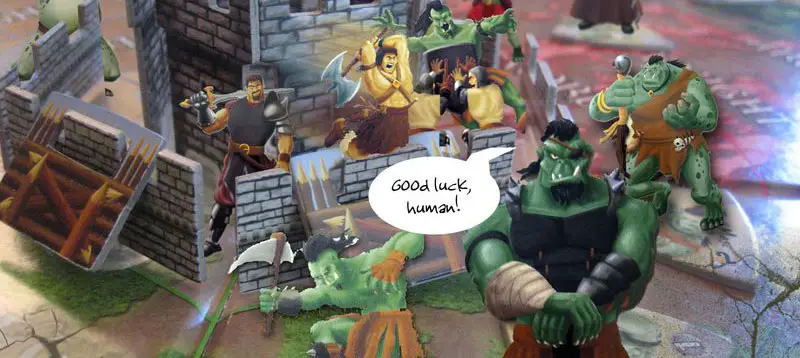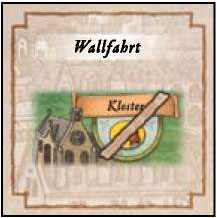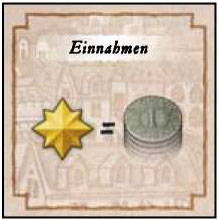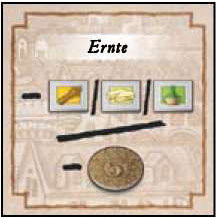
I. Moving Monsters
Monsters And Walls
-
When a Monster moves from the Swordsman ring and a Wall is present between the Swordsman ring and the Castle ring, the Monster attacks that Wall.
The Wall is then removed from the board, and the Monster that attacked the Wall takes 1 point of damage. If the Monster still has points remaining, that Monster stays in the Swordsman ring until the next Move Monsters phase, as shown below.

-
If two or more Monsters move from the Swordsman ring to attack a Wall at the same time, the Wall is removed and 1 Monster (players' choice) takes 1 point of damage. The others are unharmed. All remaining Monsters stay in the Swordsman ring until the next Move Monsters phase. …





























